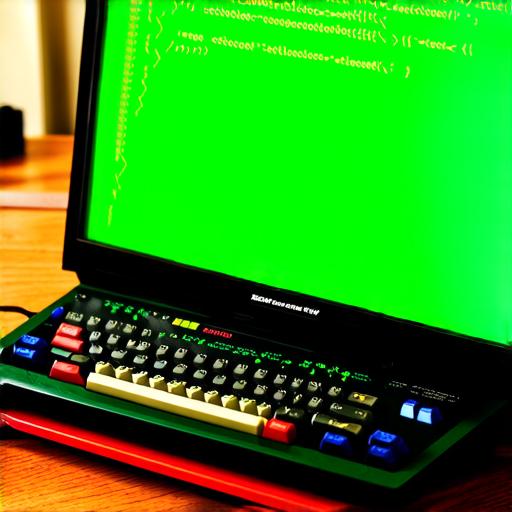When did applications first start?
The Dawn of Applications: Early Beginnings
The first applications were likely simple games that ran on early computers such as the Altair 8800, which was released in 1975. These games were written in machine code and required users to input commands using a keyboard or joystick. One of the most popular early games was Spacewar!, created by Steve Russell at MIT in 1962. The game featured two spaceships that battled each other in space and could be played on any computer with a terminal.
The First Productivity Software
In addition to games, early applications also included productivity software such as word processors, spreadsheets, and text editors. One of the first word processors was WordPerfect, which was released in 1982 by MicroSoft. This software allowed users to type, edit, and print documents on a computer. Another popular application was Lotus 1-2-3, a spreadsheet program that was released in 1983 by Lotus Software. This program made it easy for users to perform calculations and create charts and graphs.
The First Graphical User Interface (GUI)
The development of graphical user interfaces (GUIs) marked a major turning point in the evolution of applications. A GUI allowed users to interact with their computer through a series of icons, menus, and windows. One of the first GUIs was developed by Xerox PARC in 1975 for their Alto computer. The GUI featured a mouse and allowed users to drag and drop icons onto the screen.
The Rise of Mobile Applications
The Birth of Apple App Store
In 2008, Apple introduced the iPhone, which marked the beginning of the smartphone revolution. With the iPhone, Apple also launched the App Store, an online marketplace where users could download and install applications onto their phones.
The Impact of Android on Mobile Applications
In 2008, Google also released the Android operating system, which quickly became a major player in the mobile app market. Unlike iOS, which was exclusively available on Apple devices, Android was an open-source platform that allowed manufacturers to customize and distribute the OS. This led to a rapid expansion of the mobile app ecosystem, with millions of developers creating apps for Android devices.
The Rise of Cross-Platform Development
As more people began using mobile devices, there was a growing demand for cross-platform applications that could run on multiple devices and operating systems. This led to the development of frameworks such as React Native, which allowed developers to build mobile apps using a single codebase that could be deployed to both iOS and Android devices.
The Future of Applications: Trends and Predictions
The Increasing Importance of Artificial Intelligence (AI)
As applications continue to evolve, artificial intelligence (AI) has become an increasingly important factor. AI-powered applications can learn from user behavior and adapt to changing needs, making them more efficient and effective. Examples of AI-powered applications include virtual assistants like Siri and Alexa, which can perform tasks such as scheduling appointments and setting reminders.
The Rise of Augmented Reality (AR) and Virtual Reality (VR)
As technology continues to advance, we can expect to see more applications that incorporate augmented reality (AR) and virtual reality (VR) technology. These technologies have already been used in gaming and entertainment applications, but we can expect to see more practical uses for AR and VR in industries such as healthcare and education. For example, AR-powered surgical tools can provide real-time feedback to surgeons, while VR-based training simulations can help medical students learn complex procedures.
The Importance of Accessibility
As our society becomes increasingly diverse, it’s important that applications are designed with accessibility in mind. This includes providing support for assistive technologies, ensuring compatibility with screen readers, and designing interfaces that are easy to use for people with disabilities. Accessible applications can help bridge the digital divide and make technology more accessible to everyone.

The Impact of Blockchain Technology on Applications
Blockchain technology has the potential to revolutionize many industries, including finance, healthcare, and supply chain management. By providing a secure and decentralized platform for data storage and sharing, blockchain can help reduce fraud, increase transparency, and improve efficiency. For example, blockchain-powered healthcare applications can securely store patient data and enable faster and more accurate diagnoses, while blockchain-based financial applications can streamline payments and reduce transaction costs.
Summary
The evolution of applications has been shaped by various factors such as technological advancements, changing user needs, and market competition. From the first simple games to the complex software we use today, applications have become an integral part of our daily lives. As technology continues to advance, we can expect to see even more exciting developments in the world of applications. Whether you’re a developer or simply a user, it’s fascinating to reflect on the journey of applications and consider what lies ahead.
